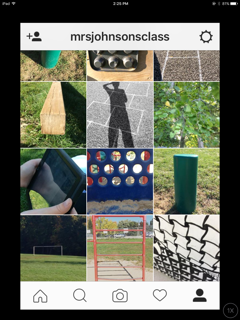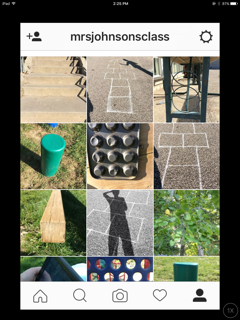Around the end of November-ish, students will be completing a fence recycled art project.
We will be making fence murals outside using a huge swath of fence. (see examples of other fence art below to get the idea!).
This is a math/art project that has a planning/implementing/reflection phase.
It uses old materials, woven in through the fence to create a design. So materials need to be around 20 cm long at least for it to stay tucked.
I could use some help with supplies!
If you've got any of the following lingering in basements etc, please bring it into me over the next 2-3 weeks!
PLASTIC
plastic bags of all kinds
plastic tarps and old raincoats we could cut up
old xmas ribbon
CLOTH
old clothes, fabric swaths, drapes, table cloths, towels, we could cut up
yarn and ribbon odds and ends.
Or anything cloth or plastic that you think might be easily woven into a fence!
Our fence art gallery would be up for about a week or so, then dismantled and tidied up.
I'm looking forward to seeing how this art/math project develops! Here are some examples from other schools.
Mrs. J
































